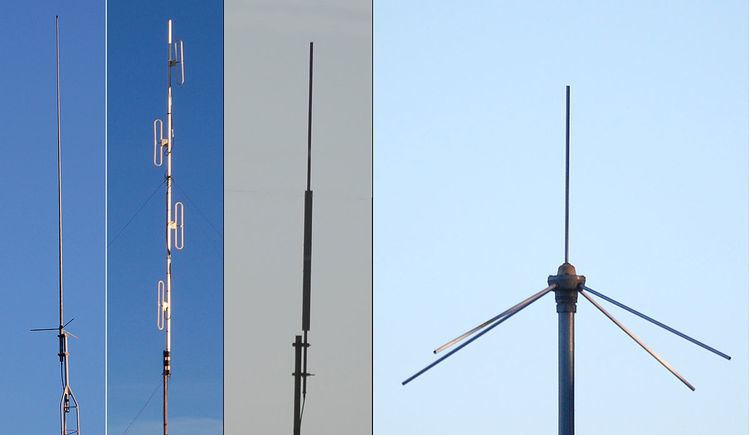 | ||
In MIMO communication systems, array gain means a power gain of transmitted signals that is achieved by using multiple-antennas at transmitter and/or receiver, with respect to single-input single-output case. It can be simply called power gain. In a broadside array, the array gain is almost exactly proportional to the length of the array. This is the case provided that the elements of the antenna are not spaced to a point at which large radiation side lobes form in other directions and that the array length exceeds one or two wavelengths. The power gain of a broadside array is nearly independent of the number of broadside elements as long as both of these conditions are met.
The two main types of array gain when combining signals are average power of combined signals relative to the individual average power and the diversity gain related to the probability level of outage. The diversity gain is dependent on spatial correlation coefficients between antenna signals.
Applications
In radio astronomy because of background noise from modern communications it is difficult to achieve a good signal to noise ratio. Even for strong astronomical radio emission it is typical for SNR levels to be below 0 decibel. To counter this problem exposure of the antenna to the source over large periods of time are needed just as in visible sky viewing. Array gain is done by using multiple, even dozens of radio receivers to collect as much signal as possible.
Robots equipped with antenna arrays have better communication using array gain to eradicate dead spots and reduce interferences.
